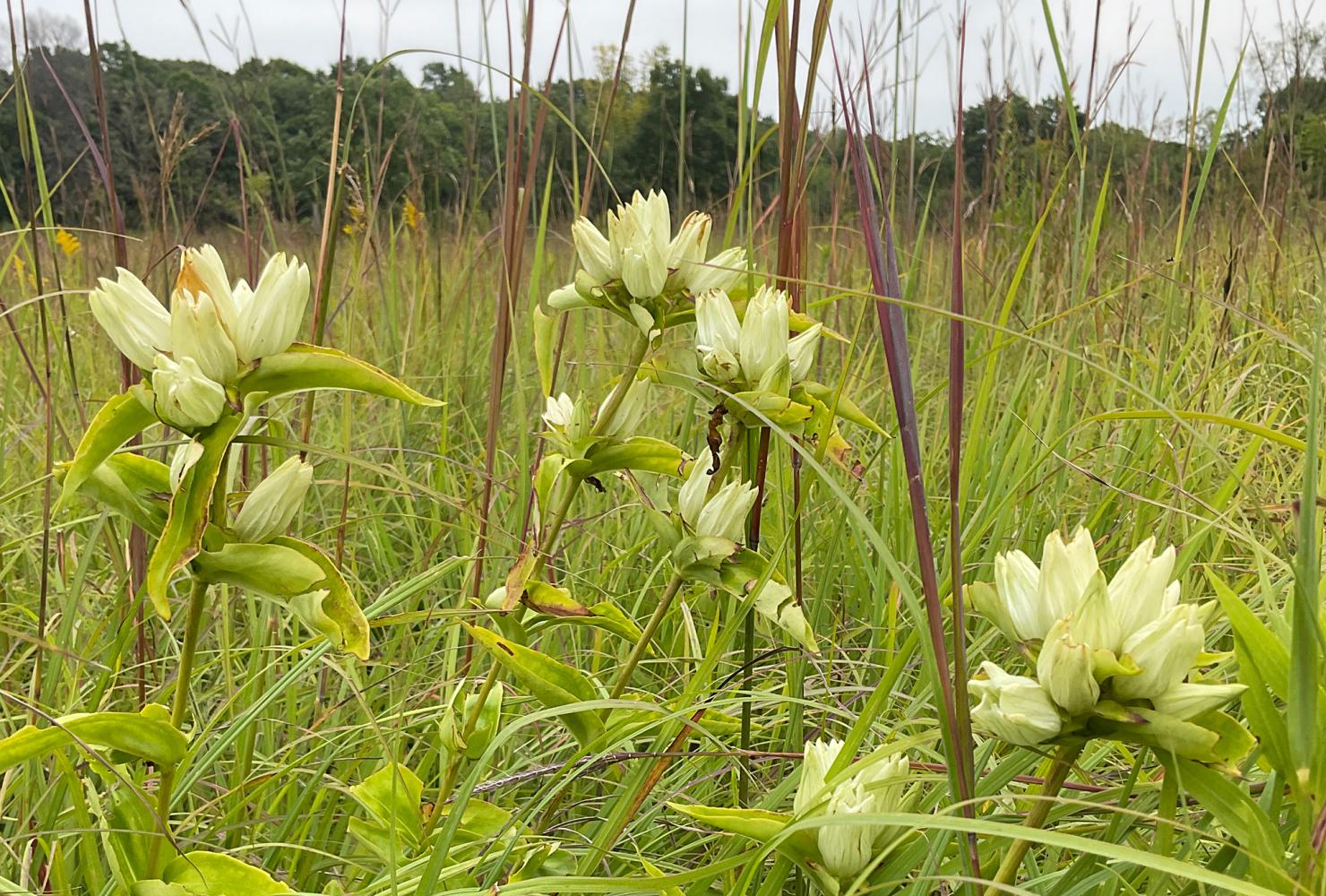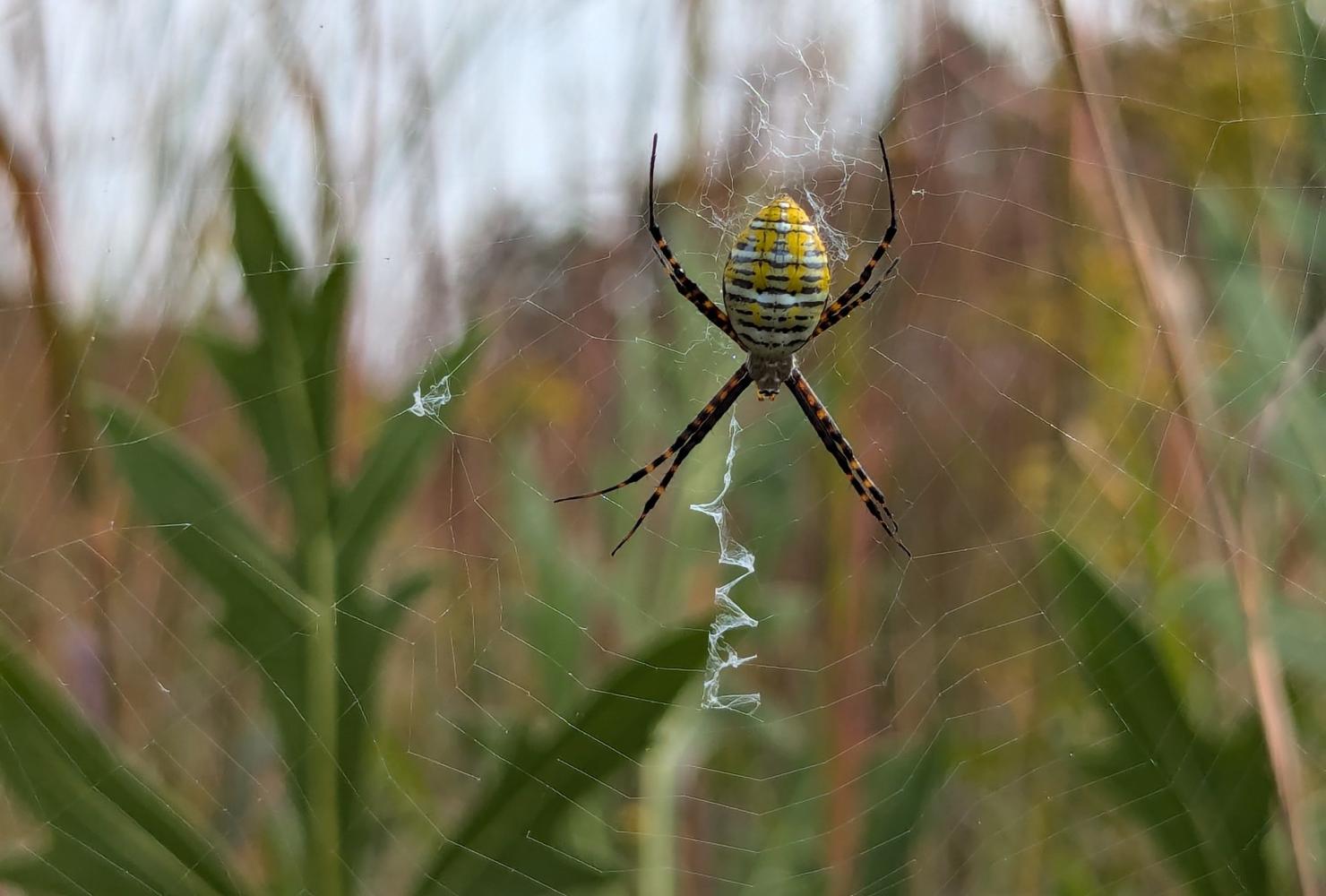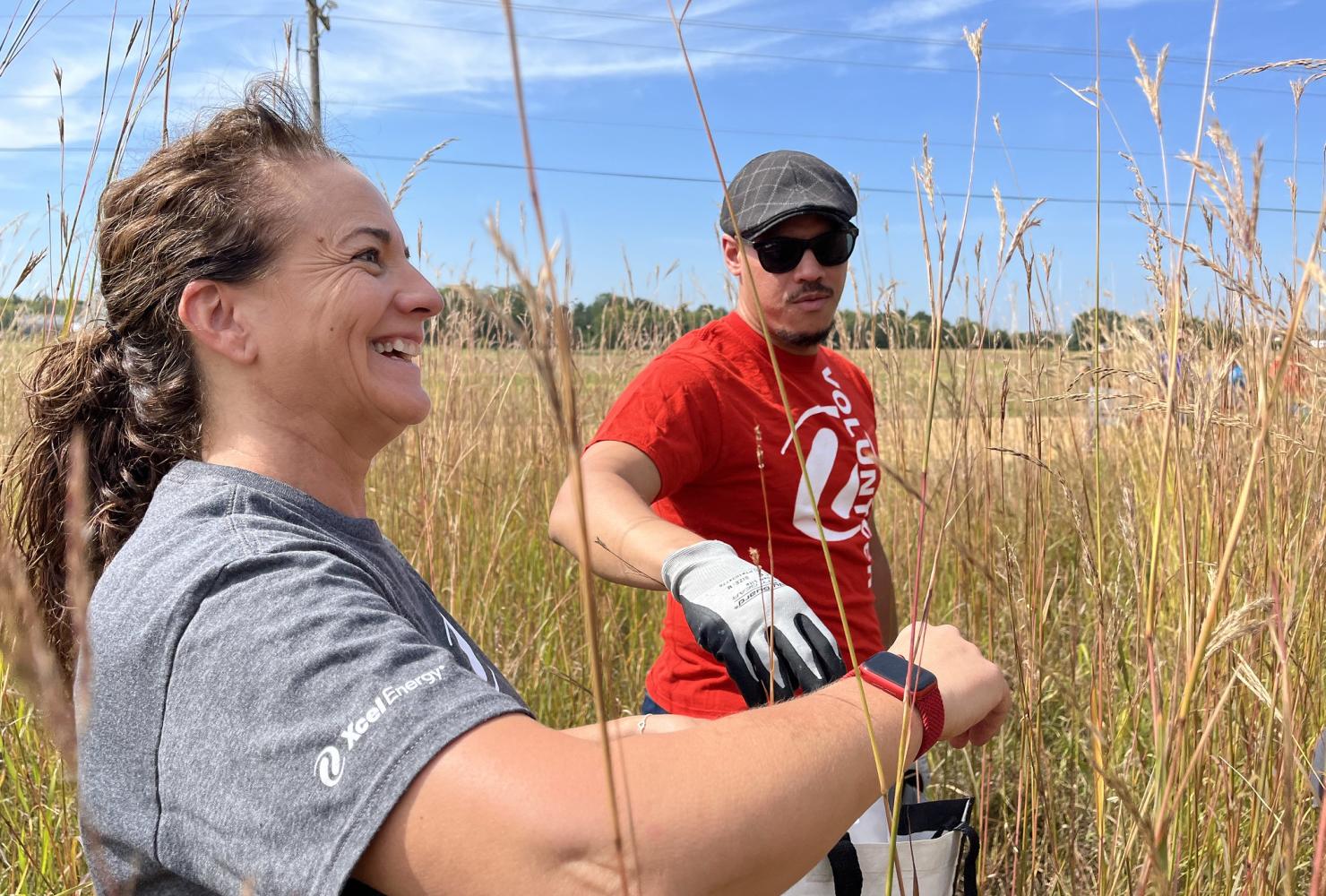Rosemount Wildlife Preserve

Restoration at this dedicated wildlife sanctuary has turned an old hay field into a thriving prairie and a thicket of buckthorn into diverse woodland habitat. (Photo by Michelle Kopp for FMR)
Where is Rosemount Wildlife Preserve?
This 26-acre wildlife preserve is located in north-central Rosemount within the natural greenway corridor known as the Northern Dakota County Greenway — a band of open space that provides contiguous habitat for plants and wildlife.
Although not directly connected to other FMR restoration sites, this preserve contributes to a major habitat corridor in a rapidly suburbanizing area of Dakota County. Rosemount Wildlife Preserve is near Lebanon Hills Regional Park and other Dakota County conservation easements, and FMR's restoration projects at Pine Bend Bluff Natural Area are just a few miles east.
Sometimes called the Wiklund Preserve, Rosemount Wildlife Preserve is a dedicated wildlife sanctuary and is not open to the public.
Our work here takes place on Dakota homelands.
What's special about Rosemount Wildlife Preserve?
Both the prairie and the woodland at this preserve are restoration successes. The hay field, once a monoculture of red clover, is now a diverse mesic prairie supporting over 40 species of native forbs and grasses. We are continually finding new species that take several years to show up after seeding. The site holds pockets of conservative species such as cream gentian, compass plant and mountain mint.
In the 2000s, the woodland was overgrown with buckthorn so thick it was difficult to see through. Now the woodland is diverse and open, with little needed maintenance. Spring ephemerals are abundant and provide early-season blooms for pollinators. Woodlands like these were common on the landscape 30 years ago, but are now precious habitat resources for wildlife.
Our work at Rosemount Wildlife Preserve
FMR was involved in permanently protecting this site in the early 2000s. At that time, this area of Dakota County was rapidly being converted from farmland to housing developments. The landowner, an avid conservationist, wanted to see her land permanently protected and pursued a conservation easement through the DNR. FMR wrote the initial habitat management plan in 2003 and, with support from grant funding and the City of Rosemount, has been actively restoring and managing the easement since.
This site is a great example of what can happen when a landowner identifies surrounding habitat loss and takes action to permanently protect land in a conservation easement. Initially, this parcel had moderate habitat value, but common buckthorn and other invasive plants were spreading. Plus the existing hay field provided little benefit to pollinators and wildlife. Permanently protecting this property allowed public grant funding to be used to restore habitat. Through two decades of dedicated restoration efforts, biodiversity and habitat quality have drastically improved.
Our aim is to keep this property a sanctuary for wildlife — there are no maintained trails and the site is not open to the public. We manage the prairie with a 2-3 year rotation of prescribed burning and enhancement seeding to increase flowering plant diversity. The woodland has undergone intensive management for buckthorn and garlic mustard. We've done multiple rounds of seeding and planting to enhance diversity and keep the ground cover. We now maintain the woodland through prescribed burning, spot treatment of buckthorn and occasional FMR volunteer events. Neighboring North 20 Brewing partners with us on restoration efforts and events.
Find out more and get involved
- Volunteer with us to restore places like this.
- Contact FMR project lead Leah Weston.
Partners and funders for our work at Rosemount Wildlife Preserve
This work was made possible by the City of Rosemount, Outdoor Heritage Fund - Conservation Partners Legacy Program, Environment and Natural Resources Trust Fund (ENRTF), DNR Metro Greenways, DNR Metro Conservation Corridors, DNR Remediation Fund grant, Minnesota Energy Resources Foundation, Hahn Foundation, Cargill Salt, and by our generous volunteers and donors like you!
Where we work
FMR maintains over three dozen habitat restoration and land protection sites in the metro area.






